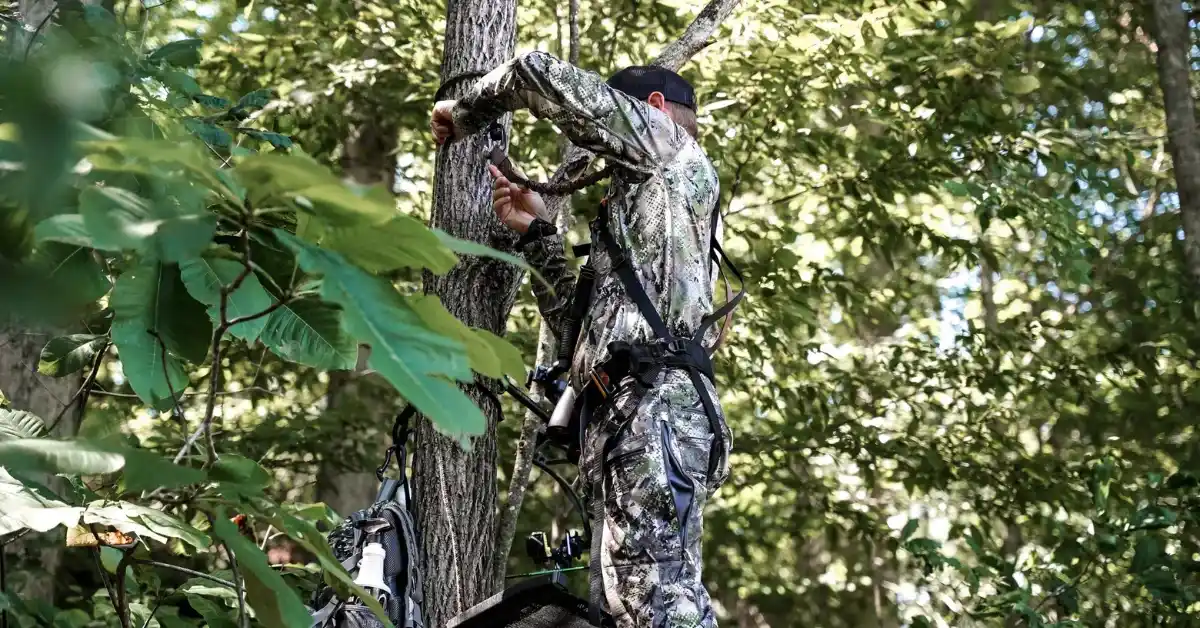How To Choose Waterproof Hunting Clothing For All Seasons

Hunting in rainy and wet seasons can cause hypothermia and dampness. Dressing for the weather protects you during waterfowl hunting in wetlands and marshes or snow hunts. Waterproof clothing is ideal in areas with heavy dew or during early morning hunts. It soaks up moisture, keeping you dry regardless of the condition.
Maintaining a dry body ensures desirable body temperature and comfort. It lets you focus on the job, prolonging your stay in the forest. Several qualities define the best waterproof hunting clothing for all seasons.
The following are tips to observe when choosing water-resistant hunting clothing.
1. Durability and Longevity
Hunting clothing encounters unpredictable weather and harsh conditions. Polyester and nylon are resistant to tears and scratches, maintaining pristine condition for years.
Synthetic fiber waterproof hunting clothing can endure frequent movements over rocks and bristly areas without splitting. They are suitable for active hunters who target extensive grounds. The strength of the clothing ensures lengthy durability even in jagged outdoor environments.
Many clothing features enhance durability and impermeability. Reinforced seams prevent the garment from splitting at stress points. Storm flats safeguard the zippers and additional openings from wind and water infiltration. Sealed and watertight zippers enhance the structural integrity. Clothing with the best construction guarantees long-term performance.
2. Breathability
Breathable clothing prevents sweat buildup, ensuring you are not feeling cold and damp. These clothing pieces regulate body temperature during game tracking and hiking. They keep you dry and comfortable.
You can stay focused and committed to the exercise. Hunters should seek clothing with outstanding moisture-absorbing capability. The fabric should support moisture vaporization from sweat and block water from getting in.
Clothing manufacturers test how breathable fabric is by measuring how many grams of moisture pass through one square meter in a day. Higher numbers indicate superior moisture management. Ratings above 15,000 are perfect for demanding physical exposure.
Those between 5000 and 10000 are for low to moderate activities. Choose clothing that balances waterproofing and breathability because extremes can have serious issues. Fabrics like eVent and GORE-TEX use microscopic pores to block water droplets while letting vapor escape.
3. Waterproofing Ratings
The waterproof rating on clothing indicates how well it can keep water from soaking through.. The unit for measuring waterproof rating is millimeters, which indicates the height of a column of water before allowing moisture penetration.
Ratings between 5000 and 10000 mm are ideal for brief or light exposure to wet conditions. Those with 10,000mm to 15,000mm provide excellent protection in modest to heavy rain. Hunters who spend more time in moist environments and heavy downpours should consider garments with a rating of 15,000mm.
Understanding watertight ratings ensures hunters can buy garments that match their activity level and environmental conditions. Higher ratings demonstrate better water resistance.
High-performance hunting clothing leverages advanced technologies like Gore-Tex to balance breathability and waterproofing. Choose clothing with suitable waterproof ratings to keep you dry and comfortable. It protects you and ensures you can endure outdoor conditions.
4. Fitting and Mobility
Do you know that a hunting garment impacts comfort and performance? Poorly fitted clothing can restrict movement and influence your comfort. Too tight clothing can limit flexibility and create noise as you walk. Overly loose garments snag on gear and branches, influencing your hunting experiences.
Seek clothing with mobility-focused designs to support better motion. The clothing should have stretch fabrics, articulated knees, and gusseted underarms. These features are ideal when navigating rough terrains and climbing. The best-fitting clothing with superior mobility features enables you to move quietly and efficiently. It can increase your chances.
Ill-fitted clothing can expose you to elements by riding up or leaving gaps as you move. Clothing that fits can seldom create noise or snag on branches. The perfect fit makes the experience unwavering and protects your outdoor explorations.
5. Garment Insulation
Extremely wet and cold conditions can drain your body of heat and comfort. They can risk the possibility of hypothermia. Insulation is an integral feature for boosting user comfort and warmth. Well-insulated hunting clothing makes you feel at ease during prolonged hunting sessions, enabling you to focus on the task. Many features define well-insulated hunting clothing.
Down and synthetic insulation offer desirable features that add warmth to your outfit without feeling bulky. Some garments have zippered vents and adjustable insulation layers to regulate temperature during high activity. Choose moisture-resistant insulation to keep you warm in damp conditions.
Insulated waterproof gear ensures you can stay in the hunting field longer. Well-designed clothing reduces the need for excessive layering without creating noise or restricting movement.
Dressing for the feat keeps you warm, focused, and in your best form for the hunting experience. You can enjoy the hunting experience without worrying about disturbance or restrictions. Uncomfortable clothing can quickly cut short your trip or make it dangerous.
Wrapping Up
Hunters need rain-resistant gear to remain dry and at ease while outdoors. The best clothing should meet specific criteria, ensuring a better fit and mobility. Wearers should feel comfortable in the clothing without compromising endurance and performance.
Choose clothing with thoughtful design details and durable materials. Quality design can withstand harsh conditions and prolong user comfort. Quiet fabric and camouflage can enhance your hunting success and endurance. Find high-quality garments that fit well. They should balance functionality and waterproofing.
